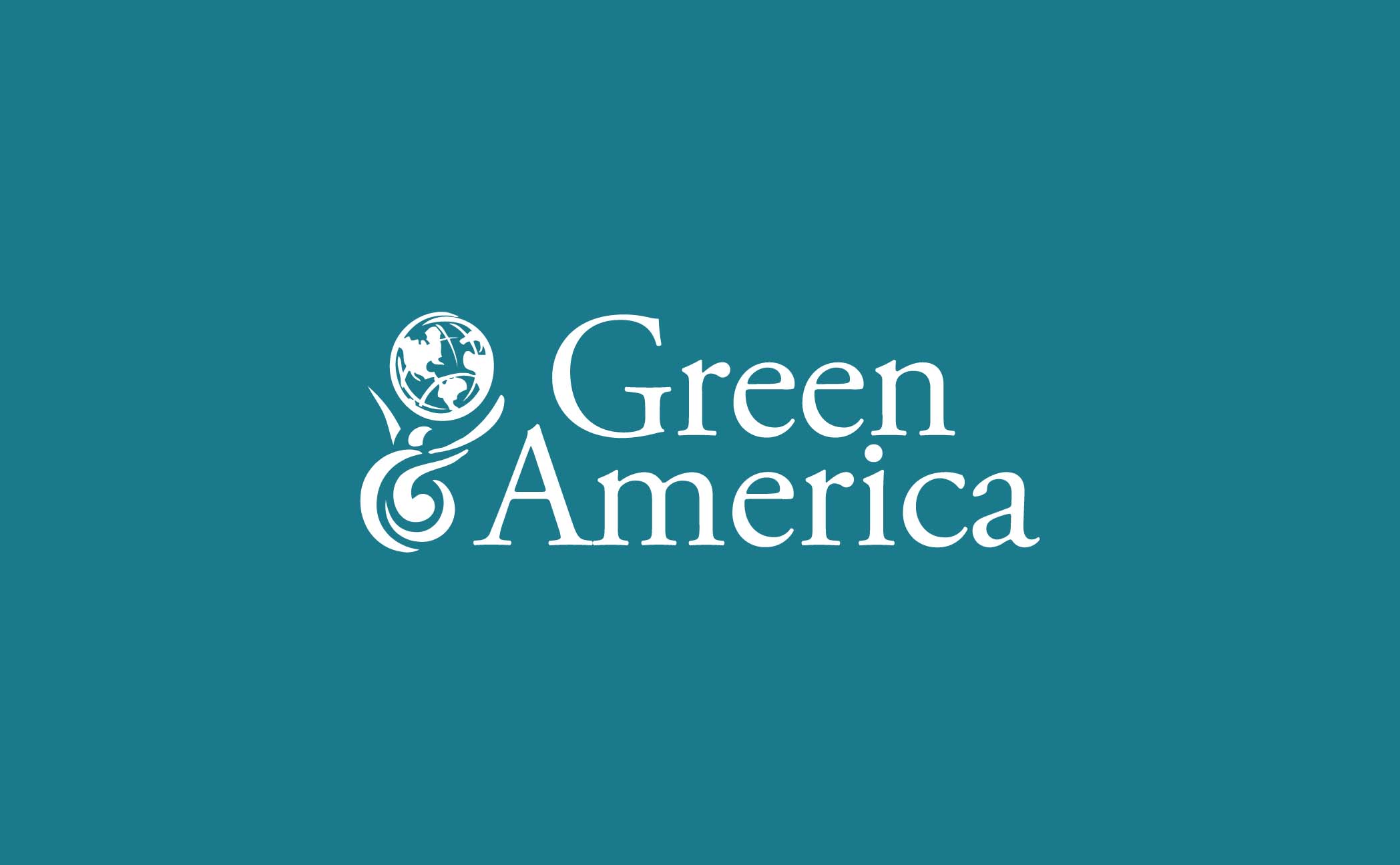Additional resources
Using these criteria, Green America’s Get a Better Bank map lists 17,000 locations of 3,000 mission-driven banks and credit unions across the country. We hope you can find a bank or credit union near you.
If you cannot find a suitable institution near you on our bank map, you can also try one of the other resources created to identify better banks and credit unions. Each resource is different, so using more than one can be helpful.
These resources include:
- Better Banking Options, which scores over 10,000 banks and credit unions by how well they support their local communities.
- Bank for Good, which lists over 50 banks and credit unions that have signed a fossil-free commitment.
- Bank.Green, which rates banks and credit unions based on its ratio of clean energy vs fossil fuel financing.
- Mighty Deposits, which analyzes public data for what over 10,000 banks or credit unions in the United States invest in.
Banks vs credit unions
While both banks and credit unions provide a variety of financial products such as checking and savings accounts, money market and certificates of deposit, and credit cards issued by their own or another institution, there are some differences.
- Banks are typically for-profit institutions owned by shareholders. Credit unions are typically non-profit institutions owned by their members.
- Anyone can open an account at a bank, while credit unions have membership eligibility requirements, such as people who live in a specific community, work for a specific employer, belong to a specific union, or are or members of a specific place of worship or nonprofit organization.
- Banks tend to have more of their own branches and ATMs nationwide, but credit unions often have shared branches and ATMs with other credit unions.
- Banks sometimes have more advanced technology and more options for banking, retirement, and investments. Credit unions often offer lower fees and higher interest rates.
- The Federal Deposit Insurance Corporation (FDIC) insures bank deposits, while the National Credit Union Association (NCUA) insures credit union deposits – in both cases up to $250,000.
Whether you are looking into a bank or credit union, check their website to make sure they offer the services you need.
The Get a Better Bank map locates banks with purple pins, credit unions with teal pins. Each listing includes a link to the institution’s website for further information.


